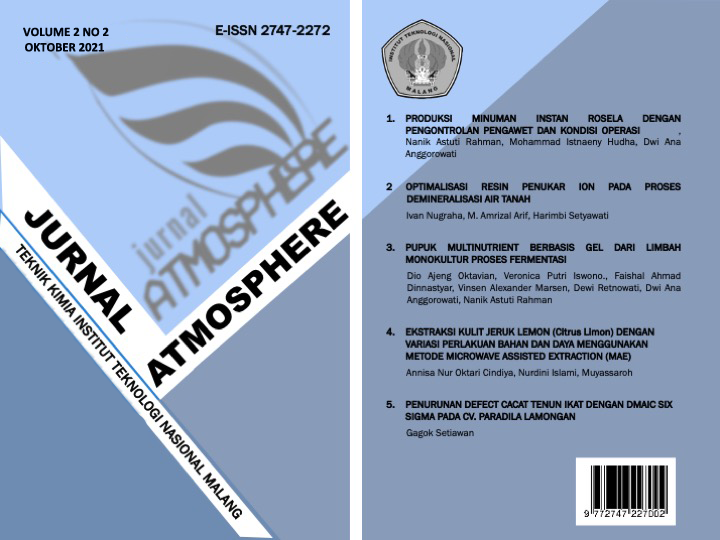REVIEW: TEKNOLOGI PEMBUATAN SORBITOL DARI TEPUNG TAPIOKA
Abstract
Sugar alcohol or sorbitol is a derivative product of carbohydrates, namely glucose through the hydrogenation process with hydrogen gas. The glucose used comes from flour, because the carbohydrate content in tapioca flour is considered the highest compared to other flour ingredients. Before the hydrogenation process is carried out, tapioca flour is enzymatically hydrolyzed so that the starch is broken down into glucose. The process of making sorbitol can be done in two ways, namely the electrolysis reduction process and the hydrogenation process with the help of a nickel catalyst. This literature study aims to determine the technology for making sorbitol and its advantages and disadvantages, both in terms of product and process, so that it can be used as a reference in selecting processes in sorbitol manufacturing plants. The catalytic hydrogenation process has advantages, namely the resulting yield is greater and the operating costs are relatively cheaper. The catalytic hydrogenation process also has several disadvantages, namely that it requires good safety handling because it requires high pressure in the process.


